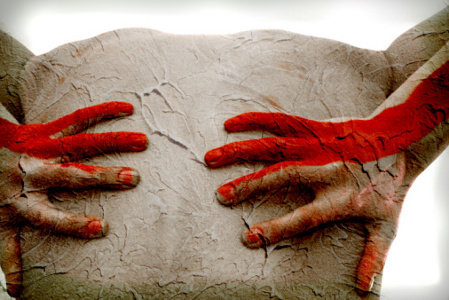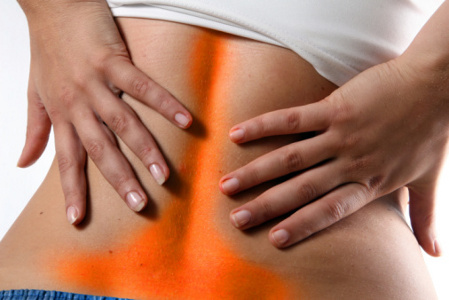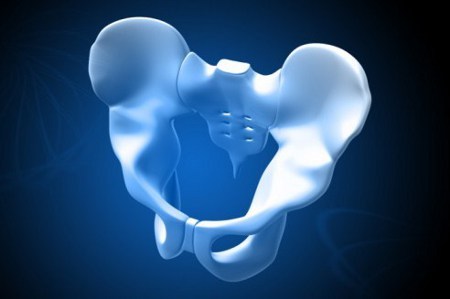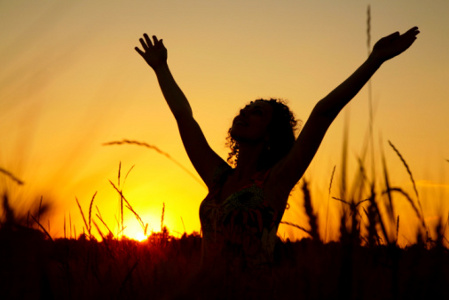Back Pain: The Price We Pay For Being Human
0 Comments
Your Spine: The Center of Your Universe
A healthy spine is a beautiful thing. It allows freedom of movement, independence and joy of living. Your spine holds you up, lets you stretch, bend, lift, twist and recline. All other parts of the body ray out from the spine. Any movement of head, arms, ribcage, and legs interacts with it. An old yoga adage reminds us, "You are as young as your spine is flexible." But, what if it's not flexible? What if it's damaged? Well, then, you may be in for a world of pain. Photo: Getty Images

Back Pain
Back pain comes in many locations and intensities. It may be an inconvenience, or it may put your life on hold. It may come and go due to occasional over-exertion, or it may rule your life through waking and sleeping, year in and year out. Back pain is among the most common types of pain. We seem unfortunately to be made for it. We are upright, we lift heavy objects, we slouch, we have bad posture. If we were on all fours it would be easier on our backs but instead we have two feet planted on the ground. Photo: Getty Images

Degenerative Disk Disease
Disks are the shock absorbers of the spinal world. They are tiny buffers between the vertebrae. As we get older, our disks can become fragile, as the wear and tear of daily living and hard knocks take their toll. A rip in the exterior of a disk can cause nerves to react intensely and you will experience pain. This type of degenerative disk disease can get worse with too much sitting, bending, twisting or lifting. What's too much? Your spine will tell you through the protestations of your disks. Photo: Getty Images

Herniated Disks
If the jelly-like center of a disk is squeezed through a weak area of the disk, the nerves feel it. This herniated, or slipped, disk can cause pain, numbness and weakness. The lower back, or lumbar region, is the usual spot for a slipped disk. Less than 10 percent of herniation occurs in the neck. The upper and middle back, or thoracic region, rarely have this. Photo: Getty Images

Pelvic Fracture
The pelvis is shaped like a ring. It's attached to the sacrum, the triangle at the base of the spine. An accident can cause a fractured pelvis. A pelvic fracture is usually accompanied by other injuries like bleeding, as well as nerve and organ damage. Osteoporosis can lead to pelvic fracture. Falling upon getting in and out of a tub or while using the stairs can be enough to injure weakened bones. Photo: Getty Images

Protect Your Back
Take care of your back. Strengthen it and keep it flexible with regular exercise. Be aware of your posture, sitting and standing tall. Do any lifting in the proper way so as not to strain those precious back muscles.
Our spines are strong. They help us lift and carry burdens. But they're also fragile. It takes so little to herniate a disk, break a bone, or suffer nerve damage. Our spines are right at the center of our universe.
Sources:
Degenerative Disk Disease
http://www.mayoclinic.org/news2007-mchi/4096.html
Herniated disk
http://www.nlm.nih.gov/medlineplus/ency/article/000442.htm
Hip fracture
http://www.mayoclinic.com/health/hip-fracture/ds00185/dsection=treatments-and-drugs
Low Back Pain
http://www.ninds.nih.gov/disorders/backpain/detail_backpain.htm
Article by Jody Smith
Photo: Getty Images
Add a CommentComments
There are no comments yet. Be the first one and get the conversation started!